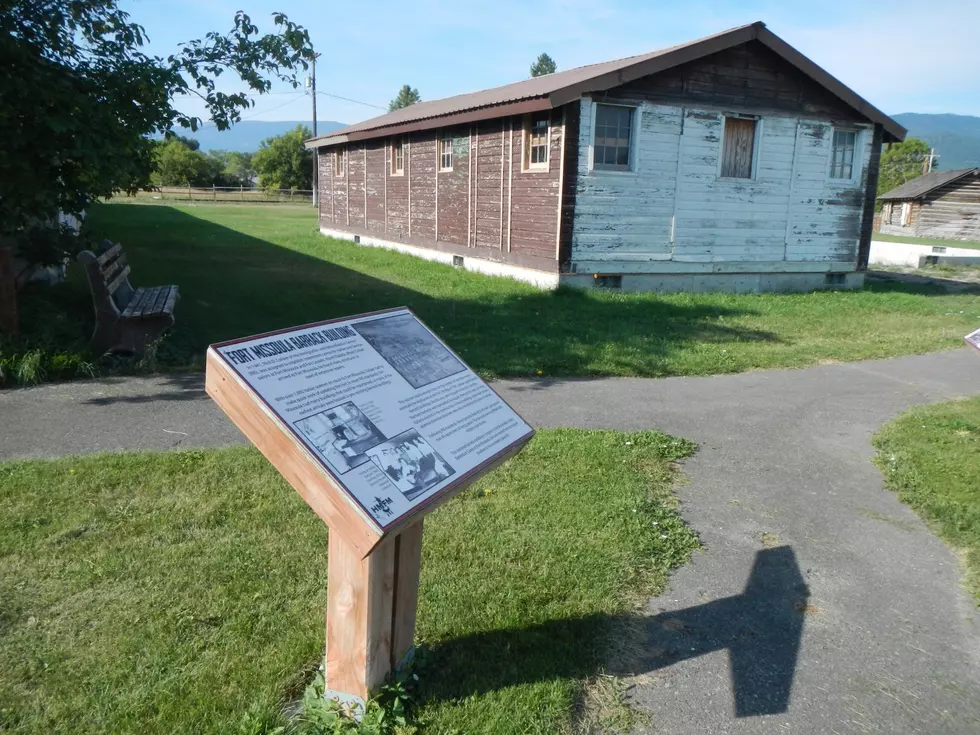
Fort Missoula to catalog WWII internment barracks ahead of restoration
Missoula County will begin a full architectural assessment and begin planning for the restoration of two barracks once used to house Japanese Americans and Italians at Fort Missoula during World War II.
Commissioners on Tuesday approved a $40,000 contract with A&E to assess what historic elements remain in the dated buildings and what it will cost to restore them as they were 80 years ago.
“We secured the match for that original $40,000 grant,” said Matt Lautzenheiser, the executive director of the Historical Museum at Fort Missoula. “The friends of the museum agreed to put forth $17,000 toward the 2-1 match, and we had a private donor who gave us $3,000 toward it.”
Fort Missoula shifted during the second world war from a training and supply camp for the Civilian Conservation Corps to an alien detention center. The transition placed the facility at the center of a program run by the Immigration and Naturalization Service, where it held resident aliens and foreign nationals.
According to Lautzenheiser, the fort held more than 1,000 nonmilitary Italian men in the early 1940s. After the attack on Pearl Harbor, the barracks were used to house an equal number of Japanese men and resident aliens, mostly from the West Coast.
The two barracks were moved from the fairgrounds in the 1950s after Fort Missoula was decommissioned. Lautzenheiser said one housed the Montana Department of Natural Resources and Conservation on Spurgin Road and the other ended up at the Missoula County Fairgrounds.
“They were both part of the original camp,” he said. “In the 1950s, when the fort kind of decommissioned, they essentially took the buildings and offered them to whoever wanted them. We know of a handful of them that are still out there. These two were threatened in their current location.”
Missoula County on Tuesday also signed a contract agreement with the National Park Service to aid in the review and restoration process.
“To do a property restoration, we need to have somebody come in and they literally catalog every individual piece we have of these and give us a plan to move forward,” Lautzenheiser said. “The idea would be that we'd have a whole series or a complex of buildings related to the internment story at Fort Missoula we could use to tell that story.”
